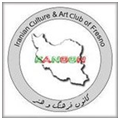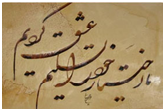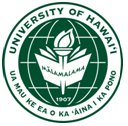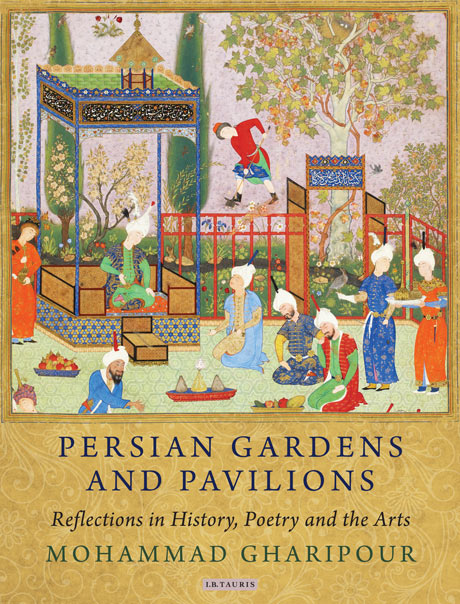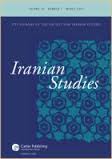Northeastern to Name Hall After Late Iranian Prime Minister
Please consult attachments for information regarding the naming of a student area in the College of Business and Management, Northeastern Illinois University in honor of the late Iranian Prime Minister Dr. Mohammad Mossadegh on Oct. 5.
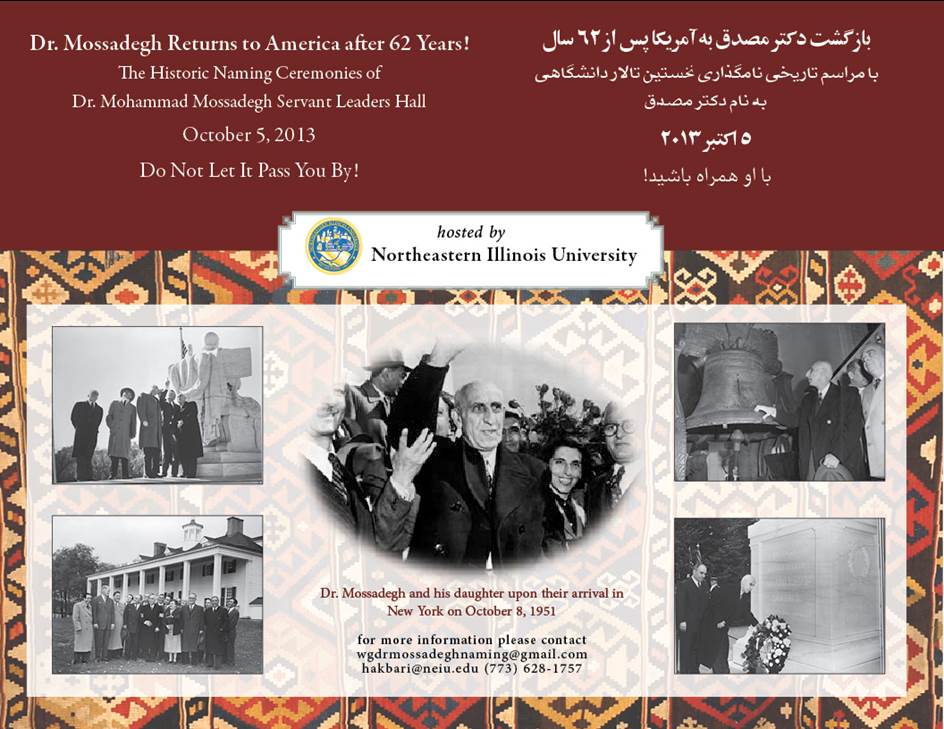
Naming ceremonies will begin at 11 a.m. with a recognition luncheon and continue with a ribbon-cutting ceremony at 1:30 p.m. on the main campus of the university, 5500 N. St. Louis Ave. in Chicago. Northeastern President Sharon Hahs and the leaders of the Iranian community living in the United States, Canada and Europe will preside over the naming ceremonies. Along with naming the hall, Northeastern Illinois University has established an endowed student scholarship and lecture fund under the name of the former prime minister.
For more information, contact Professor Hamid Akbari at [email protected] or 773-442-6126

